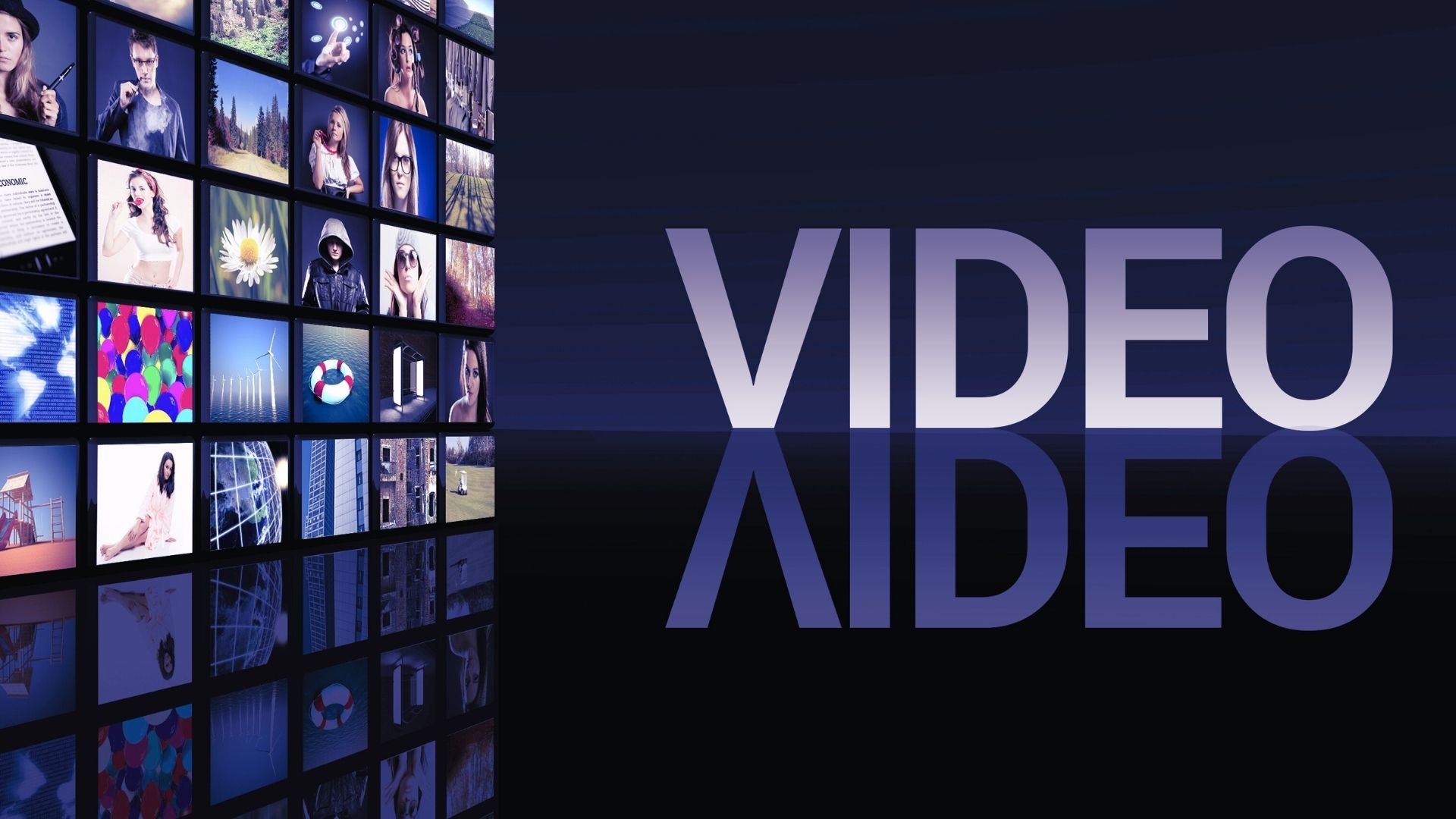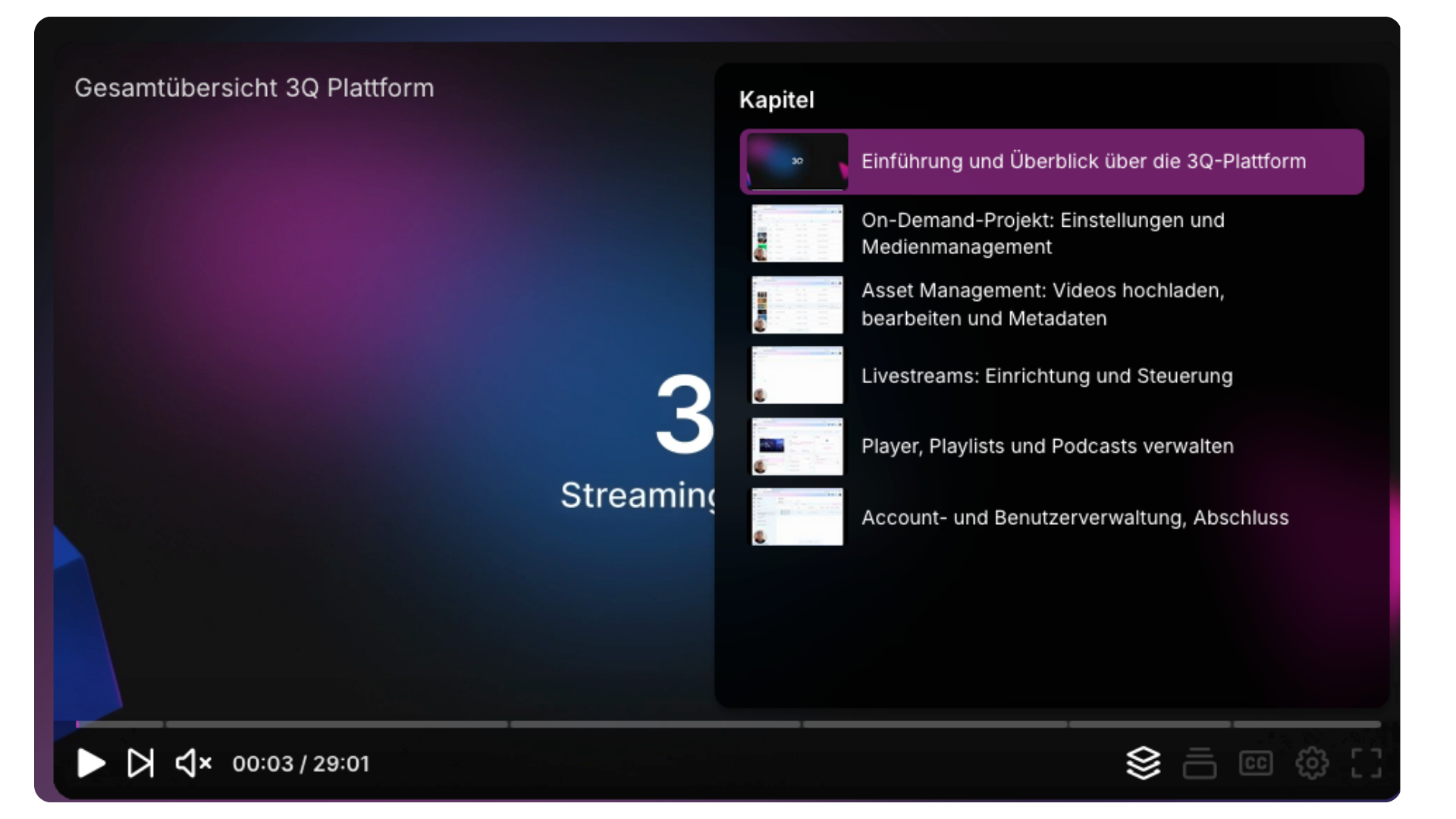The use of corporate TV at HAGEBAU
.png)
The use of corporate TV
Corporate TV or business TV has the potential to meet today's communication challenges as an instrument of corporate communication. What was initially designed as a medium for large corporations with budgets of millions is developing into a medium that can also be used by medium-sized companies. This development is due in particular to technological developments, which significantly reduce costs and simplify production. While satellite broadcasts and cost-intensive film productions drove up the total costs of corporate TV in the past, it is now possible to produce content cost-effectively with modern technology and stream it over the Internet.
We find the application of the trading company for building materials (Hagebau for short) particularly interesting.
Hagebau is a network of around 350 medium-sized wholesalers and retailers with more than 1,500 locations in Europe. Hagebau has built its own studio for internal communication with employees, retailers and other stakeholders and regularly produces numerous video content, which is made available as a live stream and on-demand in its own media library (and app). The range of topics is diverse: townhalls, virtual trade fairs, product presentations, financial reports, training courses. With the production and distribution of around 100 videos a year, Hagebau has a clear focus on video communication with its corporate communications!
We met with Hauke Mertens, Product Owner New Media at Hagebau entertain:

Mr. Mertens, what is your position at Hagebau and what does Hagebau actually do and how are you positioned?
I am Hauke Mertens, 32 years old and my position is called Product Owner, New Media. I am responsible for our audio and video production as well as our cooperation website hagebau.com.
Hagebau is the leading cooperation in the building materials trade. We therefore serve both retailers and specialist retailers. We are there for customers and professional customers at our locations in Hagebaumarkt, Hagebau Kompakt and Hagebau Profi.
The network consists of 350 independent entrepreneurs, whom we call shareholders and these can be of different sizes, with different locations across Europe, but especially in Germany and Austria. It is a very individual target group, an extremely heterogeneous business community.
I am based at the headquarters of this cooperation in Soltau and, as headquarters, we have the task of providing various services to our shareholders. Internal and external corporate communications as well.
Why do you rely on video for your communication work?
Basically, this is primarily due to the 2020 lockdown measures and limited travel, which presented us with major challenges as we depend on being close to the shareholders. We suddenly had no more communication, were no longer allowed to travel to the locations or gather for conferences and so we decided to arrange the whole thing online and go into virtual exchange.
We took small steps to test the whole thing. It then became clear very quickly that we wanted to professionalize this form of corporate communication.
In 2020, we started building an in-house studio. And now we have the opportunity to position our content, our topics and, of course, our own brands accordingly and to always keep our most important stakeholders up to date.
These are primarily our shareholders and our workforce. And our main formats include live streams, vodcasts, and dialogue formats.
We have fixed monthly dates for these three formats, but also for discussion rounds. We organize digital trade fairs, we make productions with our own exhibitions in the studio, which can be relatively large, we offer training courses, we do webinars, but also external productions such as classic films and image films for projects.
As a video portal, we use a professional video platform. It is important that not everyone can see everything and you have to be able to adjust exactly who has which permission to see certain content, because these are sometimes highly sensitive and controversial topics that we communicate.
We have two of our own communication portals, a very extensive and complex one for shareholders and a modern app for our workforce. Videos are posted there by the editors in such a way that the permissions are met and we can then ensure that the sensitive content arrives where it should go.
We do live streams in two ways. Either we use the classic RTMP variant and integrate it into websites, which we then distribute in a targeted manner. This is always very popular, especially for suppliers, because they have no office access. For our employees and shareholders, we rely exclusively on Microsoft Teams, because this also ensures recording at the same time. Our live events can often last longer than two hours and are then prepared, distributed and archived accordingly.
What were your biggest internal and external challenges in implementing video stream projects in your company?
In a company of our size and complexity, with its own IT, regular and constructive exchange is important. And I always emphasize constructively. You may be briefly annoyed if, for example, any ports have been blocked or a new firewall rule applies or the security concept has been updated in some way and then something doesn't work. But our guys are always really good at solving things quickly and, above all, efficiently and we have a good exchange of ideas. But it is also important to keep all domains up to date so that a video doesn't suddenly stop working, to check the setup regularly and also to randomly ask people whether the video was also seen.
How much video content do you produce per month on average?
It is actually difficult to say how much we produce on a monthly basis because it depends a lot on which issues are acute and may need to be addressed with higher priority.
We have fixed dates for live streams to shareholders and fixed dates for live streams to employees. These take place monthly. There are also other regular dialogue formats, such as vodcasts, discussion groups and, if there is still capacity available, other projects. For example, we have many IT projects that want to provide regular information and then there are also larger productions where you really go out with the camera and let a drone fly.
Roughly speaking, we produce around eight to ten videos a month, i.e. around 100 a year, I would say.
Are you measuring the performance of your streams?
I'm always interested in the number of participants, of course, but above all in the bounce rate. So where does it get boring in the live stream, when do people drop out and for what reasons? It is often the case that our topics are so filling that we overschedule and the audience then leaves because they no longer have time.
Live streams are always a bit difficult to measure. With video on demand, this is a bit easier with the VTR, i.e. Video Through Rate. It is important to us that the content reaches the target groups and I regularly check whether the audience figures are right.
How much support is there from your management team?
We started with print in internal communication, then came digital texts and now we've arrived at video. When we started doing this, it was a pain for one or the other manager to stand in front of a camera. These are all experienced speakers who know how to talk to whom. And they know how to stand on stage and let your eyes wander in order to address people directly. But standing in front of a lens that gives no feedback and is simply there is a challenge. You had to practice and learn that first. And now that is a quality standard that we will no longer reduce.
The commitment to preparing for filming and implementing the shoot is correspondingly great. It is a nice collaboration and also a nice change from other appointments. Our three managing directors really take a lot of time. In addition, there are the individual divisions of the company, which are encouraged to host live streams of their projects. That's what they do then too.
What does the future bring?
In the future, I would like to convert to a virtual set so that we avoid conversion times and are more flexible in use. After three years of experience, everyone was able to get used to being in a studio and we can take the next step.
Thank you for talking to us!
Newsletter
Abonnieren Sie unseren monatlichen Newsletter, um immer auf dem Laufenden zu bleiben!


%202.png)







